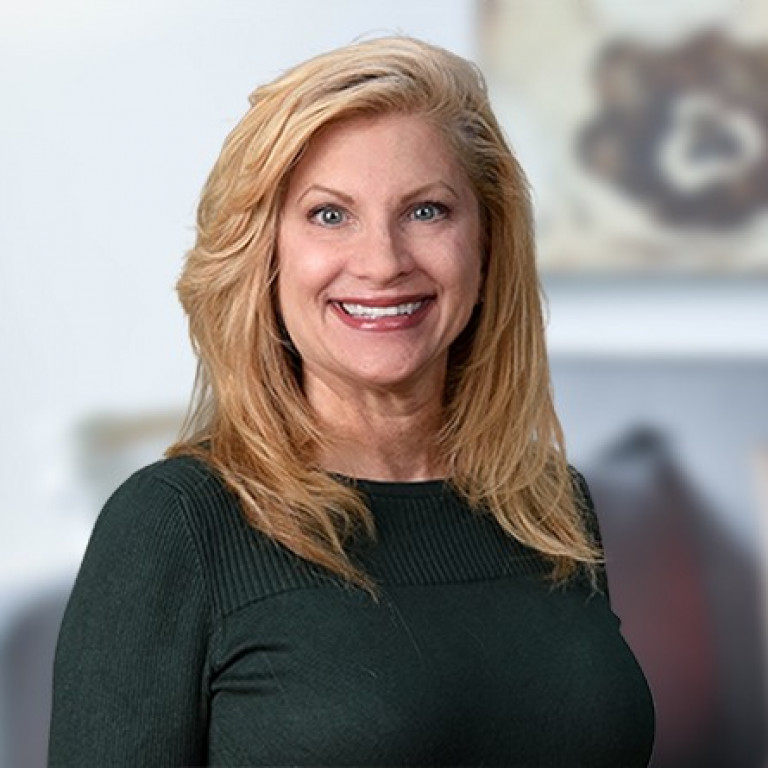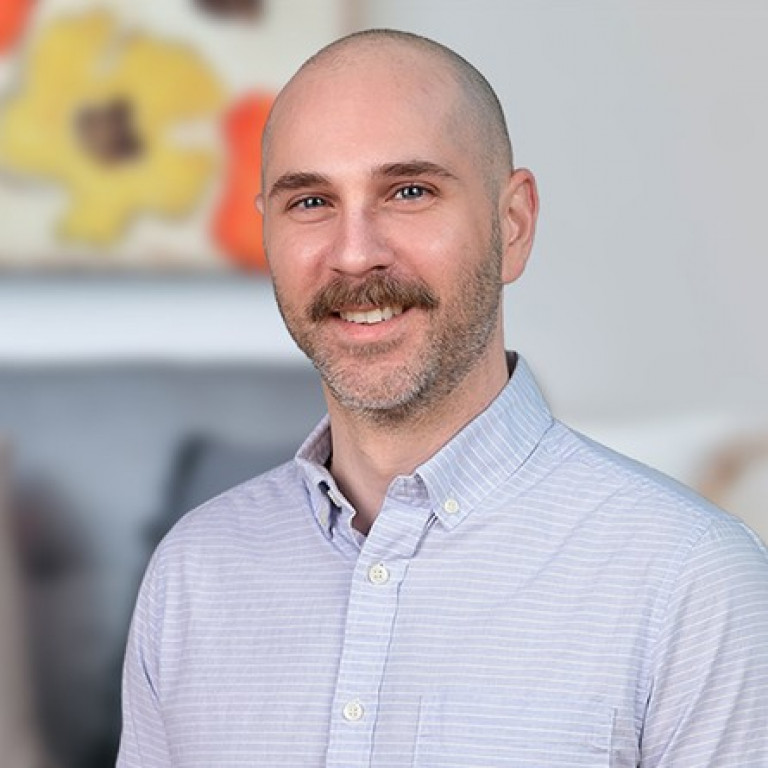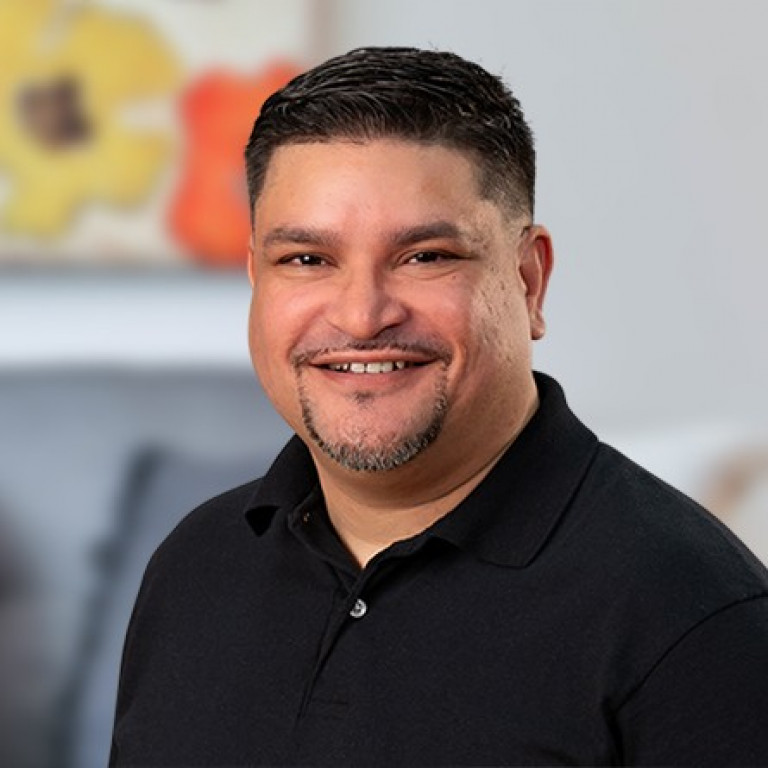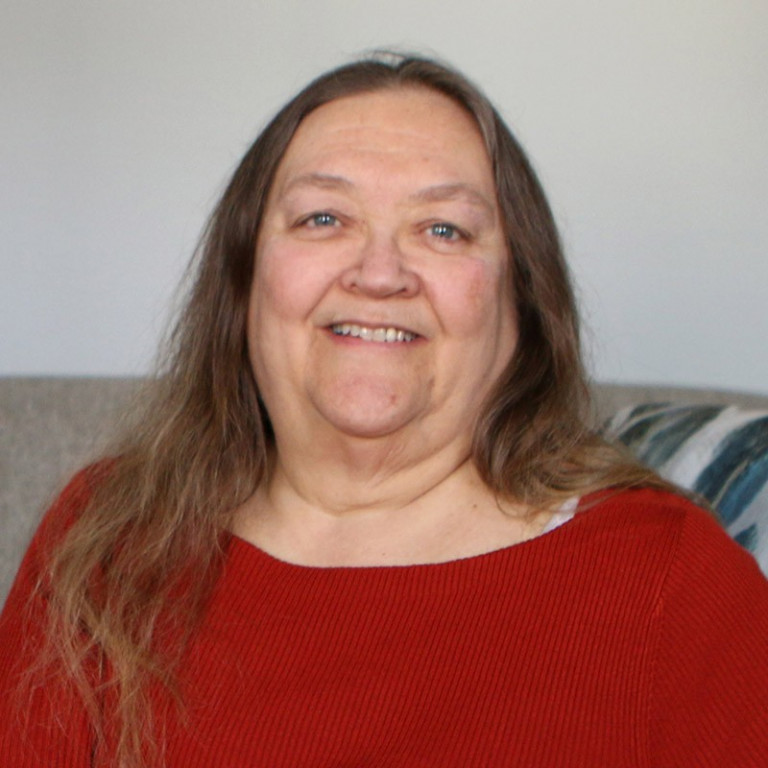Obsessive Compulsive Disorder (ODC): Don't Let it Control Your Life
Have you ever wondered if your ‘little bit of OCD’ claims might be the real thing?
It's not unusual to feel the need to straighten a crooked picture, wonder if you turned the stove off, or prefer your house tidy. Most people have had some obsessive thoughts or the urge to control their environment at some point in their lives.
Obsessive-compulsive disorder occurs when these thoughts, and the urges that follow them, interfere with your daily life or cause significant stress and anxiety. While some may joke about it, the truth is that OCD is a challenging disorder, but it is manageable with the right supportive approach. Assessment and therapy with professionals trained in treating OCD and related disorders are often the first steps.
What is Obsessive-Compulsive Disorder?
Obsessive-compulsive disorder, more commonly called OCD, is an anxiety-related disorder characterized by unwanted and uncontrolled thoughts or feelings (obsessions) and ritualistic-like behaviors used in an attempt to alleviate the stress of those repetitive thoughts and worries (compulsions).
OCD generally emerges in teens or young adults, but there are cases of obsessive-compulsive disorders in children as well. While OCD is common, it’s still an illness many people don’t understand.
One common misconception is that people with OCD always want things to be perfectly arranged. There are many people with OCD whose obsessive thinking has nothing to do with perfection. For example, you may have obsessive thoughts about infection or becoming ill, so you need to wash your hands over and over or check your food to make sure it isn’t poisoned or contaminated. You may feel compelled to carry out a task a certain number of times because that number is “safe” and will make everything right.
Compulsions don’t always align with obsessive thoughts, either. Sometimes you may have anxiety over a lack of control. For example, the compulsion to count or touch to prevent something “terrible” from happening gives a sense of control over your world.
The relief from carrying out compulsions—and therefore, relief from obsessive thought—is only temporary. The vicious cycle of obsession and compulsion starts again regularly. In some cases, once you complete the compulsion, your anxiety will increase, and thus, OCD can interfere with the enjoyment of daily life.
Understanding OCD Symptoms
The obsessive thoughts of OCD are intrusive, repetitive, unwanted, and intense. They are hard to ignore and often cause a great deal of stress or anxiety. When ignoring these obsessions doesn’t work, some people turn to rituals believing the behavior will alleviate their discomfort and worry.
Some examples of obsessive thoughts could include:
Obsessive thoughts can come and go or can be ubiquitous throughout the day. These thoughts can hinder work performance and interfere with focus. They can also make sufferers of OCD feel sad or hopeless.
Understanding Compulsion Symptoms
Compulsions are the other side of the OCD coin. Compulsions are urges to act or behave a certain way, sometimes against your conscious wishes. Obsessive thoughts prompt relief actions—urges that feel like they must be obeyed because the suffering needs to end.
Some examples of compulsions could include:
Without completing compulsions, those who suffer from OCD can experience intense anxiety and distress. They may also feel angry, misunderstood, or embarrassed about these seemingly illogical actions. Many OCD sufferers may hide their compulsions because they feel shame and a lack of self-control.
Finding Relief and Treatment for OCD
Symptoms of obsessive-compulsive disorder may come and go or change in intensity. Sometimes these changes can correspond to stressful situations (relationships, career changes), and other times, they can seemingly arise without a cause.
Although the symptoms may change, OCD is usually considered a life-long disorder. However, symptom management is possible, allowing those with OCD to feel relief and freedom from their obsessions and compulsions. Treatments for OCD typically include medications, therapy, or a combination of both. The hallmark treatment for obsessive-compulsive disorder is cognitive behavior therapy called Exposure Response Prevention therapy, or ERP.
To some people with an OCD diagnosis, the thought of ERP can sound frightening, but when carried out with a trained practitioner in a supportive environment, it can bring welcome relief. It often doesn’t take long to benefit from exposure therapy, either. Through slow and caring exposure to triggers, patients learn to disengage their compulsions from obsessive thoughts.
As with any supportive therapy, the goal of ERP and other OCD treatments are to fill your mental toolbox with coping methods. Then, when uncomfortable situations arise, you can use these tools to avoid being hijacked by thoughts and urges. Many patients in ERP experience breakthroughs, where they realize they don’t have to give in to the compulsion anymore.
Almost 2.2 million Americans suffer from obsessive-compulsive disorder. Unfortunately, many people may be hesitant to seek treatment because they're embarrassed. This stigma is compounded by the negative portrayals of OCD throughout pop culture. If you're suffering from OCD, you don't need to go it alone. There is no shame in getting help, and it can bring great relief.
At Goodman Psychologist Associates, we offer treatment plans for OCD in children, teens, and adults, both in-person and virtually. Our caring staff can find the right therapist for you, assist with scheduling, and help you escape the vicious cycles of obsessive-compulsive disorder. Contact us today to start your journey.






























